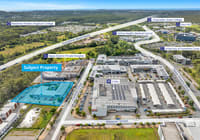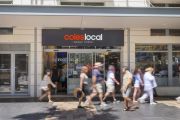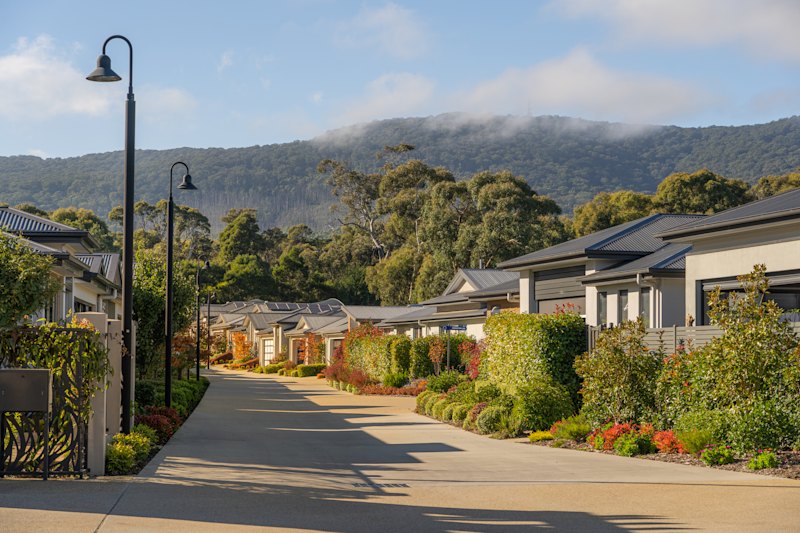
Low bond yields fire up property prospects
Fund managers and office landlords are shaping as the big winners among the listed property players as results season gets under way, according to Citi analysts.
Many of the conditions which drove record amounts of investment into commercial property last year, and sparked a surge in capital raisings, have re-emerged.
As bond yields headed lower again over the past month, institutional investors will typically look to improve returns through the spread achieved by bond-proxies such as infrastructure and real estate.
That’s good news for fund managers such as Charter Hall, Lendlease, Dexus and GPT which run funds and mandates, steering the capital into the local commercial property.
“It tends to drive both increases in the value for existing assets and inflows to allow them to purchase or develop additional assets,” Citi analyst Adrian Dark told The Australian Financial Review.
“So it is a very conducive environment for the fund managers if yields remain low and appetite for alternative yield investments remains robust.”
And despite signs of slowing rent growth in the office market, the owners of commercial towers could also expect upside in rental income, simply because many of their existing leasing arrangements are yet to catch up with the market.
In industry terms, those portfolios are “under-rented”.
“That remains the case even if rents plateau from here,” Mr Dark said.
“Our positive view on office has been less driven by our expectations for how market rents will change and more driven by the gap between where market rents sit and what the landlords are receiving from in-place rents.”
It is a different story for the major shopping retail landlords – which include Scentre, which owns and manages Westfield malls in Australia, and Vicinity, which co-owns the country’s largest mall, Chadstone, in Melbourne’s south-east.
They face challenges on two fronts, as the tougher retail environment puts pressure on rent growth while recent major shopping centre transactions – including the sale of stakes in Westfield Marion and Garden City in Perth – “have demonstrated a clear shift in market pricing”, according to Citi’s earnings season preview.
“We’re continuing to factor in further downside to retail book values. In some cases [they will be] fairly material, so double digit,” Mr Dark said.
Lower rates though may help offset some of the pain for mall owners. Overall, Citi is expecting the major listed real estate investment trusts it covers to deliver a dividend yield of around 4.2 per cent in 2020, taking into account their relative market capitalisations.
The residential recovery is also high on the agenda for the Citi team, with the prospect that improvement in pricing in the established market will ultimately drive increased development of new housing.
That’s good news for players such as Mirvac and Stockland, although there is typically a lag between both between rising prices and increased volumes, as well as a lag between the sale of new homes and their settlement.
Citi has flagged the potential for Mirvac in particular to surprise on the upside, given the conservative guidance it gave last year on the volume of sales in its housing estates.











